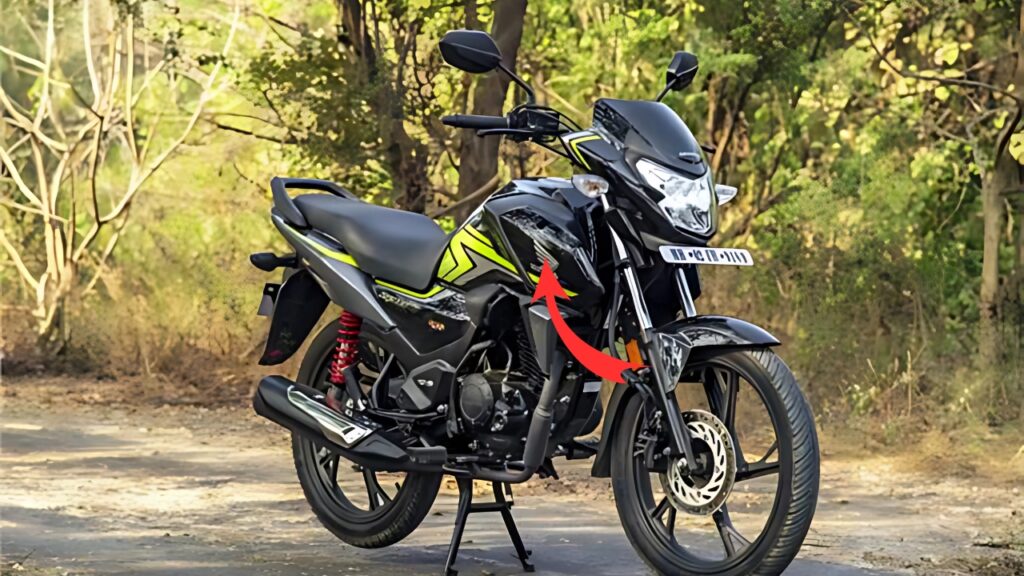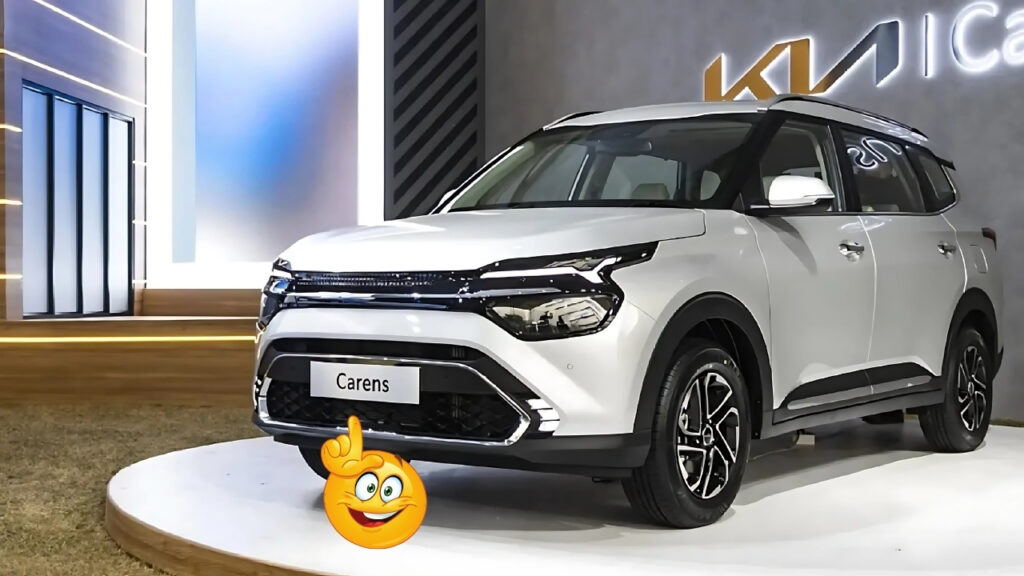Maruti Suzuki Gypsy: Few cars in India enjoy the cult-like following in the mountains of our country like the Maruti Suzuki Gypsy.
A stalwart of masterful off-road vehicles, the loyal all-terrain machine has not lost its mythical following among enthusiasts since disappearing from showrooms in 2019, and examples kept in top shape can fetch well in excess of their retail value.
Now, talking to some bit authentic sources from Maruti’s dealer network, it seems we might just see the return of the icon from the mountains for the next generation, working to preserve what encapsulated the originality of what has been a long-standing hill favorite for decades in India.
Table of Contents
Maruti Suzuki Gypsy: A Purpose-Driven Return of the Legend

“The demand never really went away,” says Prakash Thakur, who has been selling Maruti vehicles in Shimla for two and half decades. “Even when production stopped, random people would come into the showroom.
The used market for good examples has been bonkers, with some prices going above what the vehicles cost when new.”
This incessant demand seems to have finally convinced Maruti Suzuki to bring back the nameplate with a thoroughly modern interpretation that retains the original’s mountain-conquering abilities while rectifying its much-maligned flaws.
The new Gypsy is reportedly built with a lot of feedback from Indian engineers who know the nuances of the Himalayan terrain, unlike the original, which was the global Suzuki Jimny with an India-spec production log.
India’s taste has a long wheelbase based platform, while the underlying platform borrows bits and pieces from the local Jimny.
THE DESIGN: A look familiar yet freshly interpreted
Spy shots from high-altitude testing in Ladakh disclose a shape in respect to the original’s boxy pragmatism for a generation of more aerodynamic cars.
Vertical glass, round headlamps, and a slab-sided profile make visual continuity with its predecessor almost immediately clear, achieving instant recognition while steering away from retro pastiche.
“They’ve preserved what made the Gypsy immediately recognisable without making it a retro,” says automotive designer Vikram Mathur, who has seen the development prototypes.
“It’s like they’ve taken the old form language and applied some modern design principles, so it doesn’t just feel like a modernized version of what came before.”
Circular headlamps with integrated LED units are seen inside the front fascia, as well as a simple grille with vertical slats.
The functional bumper incorporates fog lamps set in recessed pods protected by brush guards—signs of the practical needs of off-road driving in remote areas.
The biggest stylistic change appears in the color palette. Breaking away from the functional whites and greens that characterized the original Gypsy’s palette, the new model will according to reports introduce bright two-tone combos such as Sunrise Copper with black roof, Nebula Blue with white roof and electric Kinetic Yellow that’s been a hit on overseas Suzuki off-roaders.
Capability Without Compromise
On the mechanical front, the new Gypsy ditches the carbureted 1.3-liter motor of its predecessor for Maruti’s more contemporary 1.5-liter K15B naturally aspirated petrol engine, rated at about 102 bhp and 138 Nm.
Not impressive numbers for an era of turbocharged powerplants, but a big step up from the original puny output.
More crucially, the engine’s torque characteristics have been tuned expressly for off-road performance, focusing on low-end grunt that results in superior climbing on steep mountain trails.
It gets a choice of a 5-speed manual transmission while for the first time in a Gypsy even a 4-speed automatic, to be in tune with the current demand for automatic transmission, even with hard-core off-roaders.
The four-wheel-drive system is still proper, mechanical, and reliable, with a transfer case that offers 2H, 4H, and 4L modes.
The new Gypsy’s go-anywhere prowess, like that of the old model, is ensured by a 36-degree approach angle, a 47-degree departure angle and ground clearance more than 210mm.
“They haven’t messed with what counts for true off-roading,” says Sonam Wangchuk, a mountain tour operator in Sikkim, who has a fleet of original Gypsys that he has run for years.
“Mechanical four-wheel drive with a low-range transfer case, good approach angles and departure angles, and enough ground clearance.
These fundamentals are far more important than electronic aids when you’re really out in the wilderness.”
Contemporary Expectations for Modern Amenities
Where the new Gypsy differs most dramatically from its utilitarian ancestor is within the cabin. Gone is the spartan interior of the original, with its minimal instrumentation and basic amenities, replaced by a thoroughly modern cockpit that recognizes modern-day demands of comfort and technology.
It gets a 9-inch touchscreen infotainment system with smartphone connectivity, automatic climate control, and a multi-information display flanked by analogue gauges.
It features dual front airbags, ABS with EBD, electronic stability control and hill descent control, features that would have been science fiction when the original Gypsy dominated the hilly roads of India.
The seating layout provides five proper chairs instead of the original’s side-facing rear bench, along with better padding and support along for long hauls.
For hauling luggage as you head off road, the cargo area gets a washable rubber floor mat and tie down points.
“They’ve brought the bits that needed modernizing into the modern era, and kept what made the Gypsy a special car,” automotive journalist Ravi Desai says.
The reworked interior also means that you could actually use it as a daily driver without subjecting yourself to torture, though the basic mechanical simplicity is still there for when you venture deep into the backcountry.
Positioning and Target Audience
While the new Gypsy is expected to be priced between ₹12-16 lakh (ex-showroom), depending on the variant, it has been developed primarily as a specialized tool, and not a mass-market SUV.
This level is considered a niche offer yet still priced low enough to pique the interest of not only nostalgic original owners but younger plebes drawn to its unique persona and real-world capability.
Primary markets will inevitably include hill stations across the Himalayas where the Gypsy name holds near-mythical status, as well as rural regions with difficult terrain.
But Maruti also seems to be angling for the base of urban adventure enthusiasts who need weekend getaway machines that are different from the increasingly samey-looking crossover SUVs that fill the roadways of the country.
“The timing seems right for a building like this,” says market analyst Priya Singh. “We’re seeing increasingly a search for genuine experience and capability rather than just the façade of ruggedness.
” The Gypsy has always favored substance over style, even if this latest variant is clearly more attractive than the original.”
Maruti Suzuki Gypsy A Legend Reborn for a New Era
Before you roll your eyes at another addition in the already-bustling halls of Maruti showrooms, it’s vital to look beyond these four factory-fresh wheels, as the rebirth of the Gypsy is more than simply just another model in a vast range—it is a recognition of the special significance the vehicle has had in the nation’s automotive culture, especially in India’s mountainous regions,
where its shortcomings flipped the script on how residents could get around, as well as move goods and resources in this terrain.
Thanks to a respectful modernization of the formula, Maruti seems ready to carry on the legend of the Gypsy for a new generation, making sure this mountain icon’s tale is one that lasts well into the future.
For longtime fans who have waited patiently since 2019 to see its return, the new chapter seems worth the wait.





